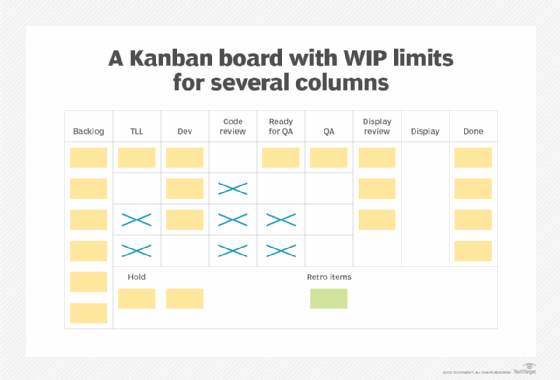work in progress (WIP)
What is a work in progress (WIP)?
Work in progress (WIP) refers to the number of tasks or projects that are currently in the process of being completed. It represents the work that has been started but is not yet finished.
Work in progress is a crucial concept used across various industries, including manufacturing, software development, construction and healthcare. It serves as a valuable metric in project management, enabling teams to measure efficiency, optimize processes and deliver better results.
The importance of work in progress
By measuring work in progress, project managers can identify bottlenecks, maximize capacity, and determine the average cycle time for completing work. It provides granular visibility into the work being done and highlights areas for improvement.
WIP plays a pivotal role in helping organizations improve productivity, manage resources effectively and deliver high-quality outcomes. By understanding the amount of work in progress, teams can make informed decisions, allocate resources appropriately and optimize workflow for better efficiency.
Using work-in-progress limits
A WIP limit represents the maximum number of work items that can be in progress at any given time. WIP limits set boundaries on the amount of work that can be taken on simultaneously and ensure that the team's capacity is not exceeded.
WIP limits serve as a mechanism to prevent work overload, reduce multitasking and improve flow efficiency. By consciously setting limits, teams can focus on completing existing tasks before taking on new ones, thereby reducing context switching and enhancing productivity.
Additionally, WIP limits are an integral part of Kanban, an Agile methodology widely used in software development. Kanban emphasizes the importance of visualizing work and using WIP limits to maintain a smooth flow of tasks through the workflow stages.
By adhering to WIP limits, teams can maintain control over their workload and ensure that individual team members are not overwhelmed.

Using work-in-progress metrics
Several metrics are used to measure work in progress in project management, including cycle time, lead time and throughput. These metrics provide insights into the performance of the workflow and help identify areas for improvement.
Understanding WIP metrics enables teams to analyze and optimize their processes. Cycle time measures the time it takes for a task to move from start to completion, while lead time captures the total time it takes for a task to go through the entire process.
Throughput represents the number of work items completed within a specific timeframe. By tracking and analyzing these metrics, teams can identify inefficiencies, optimize their workflow and make data-driven decisions to improve overall performance.
With the ability to identify bottlenecks, set WIP limits and track relevant metrics, teams can continually improve their workflows, deliver higher-quality outcomes, and achieve success in their projects.
When limiting work in progress Agile developers can complete projects faster. Learn about the benefits of work-in-progress limits in Kanban and how to set up a Kanban board with work-in-progress limitations.






